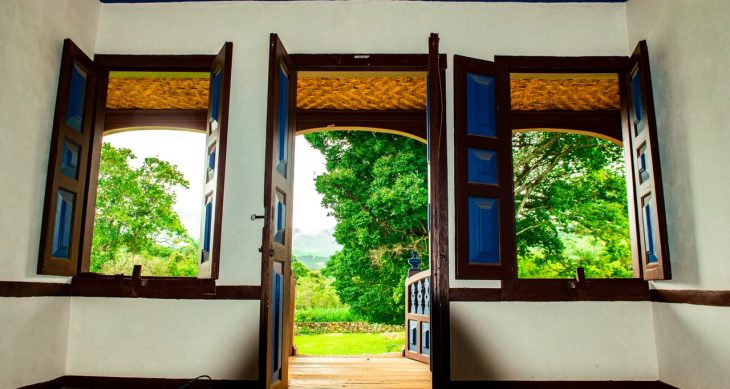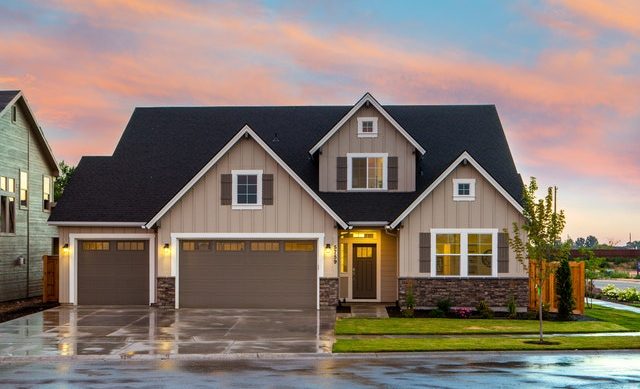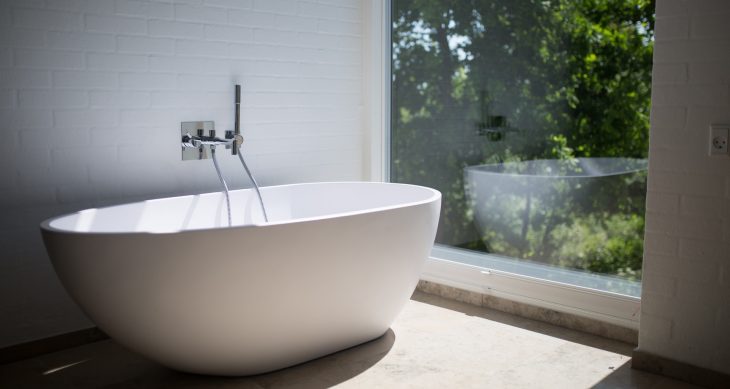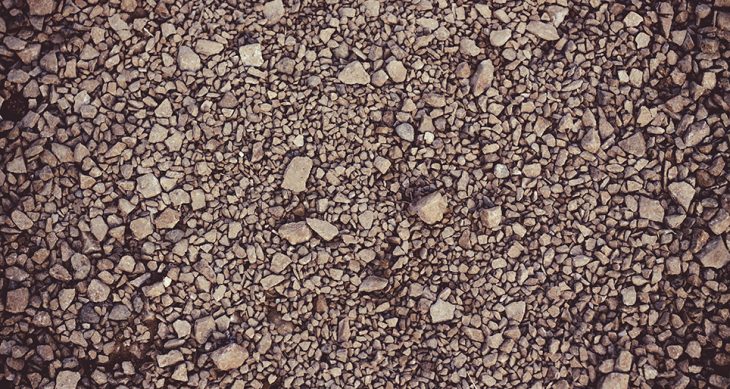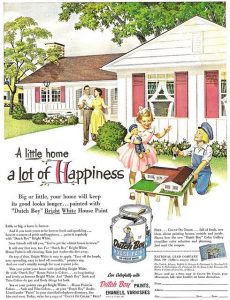
- Posted on
- Comments 0
Remodelling Your First Older Home
Renovating an older home is going to be hard work. Be sure to check out just what you are in for before getting involved in the older homes. Don’t get me wrong old homes have character and have a lot of charm, but they can pose a lot of hassles for those renovating. Be alert and on the lookout for hazards as most old houses were not built to the current codes so the home will most likely have a few hazards.
Here are a few tips to be aware of before starting:
Lead Paint:
If you are renovating a home that previously hasn’t had any renovations done to it, then you need to be wary of lead paint. It is a good idea to buy a lead-testing kit from hardware stores to know for certain. While lead paint itself is not harmful if left alone, however, the dust from sanding and scraping paint is dangerous if inhaled.
Period elements
Many challenges will face you when renovating an old home, and one is finding the elements of that period. Most likely you won’t be able to find fixtures and building materials that are previously used. If you want to keep the old look, you will need to source those materials and fixtures from places like eBay, antique stores and auctions.
Pay attention to the layout
You may be faced with a few problems when it comes to the layout of the house. Old model homes were not designed as well as the modern homes.
You may see odd floor plans and pokey rooms.
If you are wanting to make an older home more functional, then be prepared to put in the work. Ensure that when you are renovating and altering the layout that you are not compromising any of the structural work within the home.
Know your budget
Renovating an older model home can make it attractive and luxurious, but layouts of the home might change your thoughts about open-plan living as you may need to remove load-bearing walls etc. and this can be quite expensive.
Begin with the structure
If you find structural issues then it is best to see to these first. Roofing, masonry and windows need to get fixed before anything else. There is no point renovating the inside if the home is not watertight.
Priorities go first
Once the building is sound and watertight, then you can work on renovating the rest of the inside. Prioritise inside things such as rotted floorboard, damage to ceilings or exposed areas, electrical work and plumbing.
If you are looking at hiring professionals to help be sure to check out their reviews and what qualifications, they have. You want an expert builder who has experience working with older model homes and is aware of potential hazards like the lead paint or asbestos. If you are wanting to go with a specific period, then you can get some help from a historian in your area. It is important to get quotes from the builders and tradies. Don’t make the mistake of going with someone who is cheaper as they might not have the experience or the reputation that the dearer team have. Paying more can mean getting the job done right the first time. This advice works the same when it comes to finance. If you are borrowing the money for the renovations, get a few quotes on repayments and the interest charges along with any hidden fees. You can apply for a home loan top-up and take the money out over your home load or using a personal loan service.
The best tip for any renovating an older home is investigate it first and get prepared for hard work.
